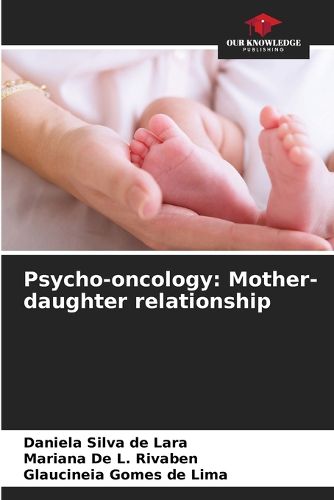Readings Newsletter
Become a Readings Member to make your shopping experience even easier.
Sign in or sign up for free!
You’re not far away from qualifying for FREE standard shipping within Australia
You’ve qualified for FREE standard shipping within Australia
The cart is loading…






Discusses the mother-daughter relationship in the face of the oncological disease, through the psychoanalytical lens. Freud theorises that the psychic can influence physical processes, it is the soul affecting the physical. In the mothers' speeches, impasses emerge in relation to the place that the child occupied in their fantasies, before and after the illness, the denial of their daughters' illness and the difficulty in mourning the idealised image of the child constructed by the maternal fantasy. The child seems to evoke for the mother her lost childhood and the child's body can be a means of expressing the family's malaise. When mothers learn of the diagnosis of a chronic and fatal illness, they sometimes seek refuge in denying their child's illness, building a buffer between their fantasy (idealised child) and reality (sick child). The idealised child must be mourned so that the mother doesn't become paralysed in her narcissistic wound and starts to help her daughter build her own narcissism, her body image and see more than just a sick child. It's necessary to locate the discourse of the sufferer, as well as the child's and mother's fantasies about becoming ill.
$9.00 standard shipping within Australia
FREE standard shipping within Australia for orders over $100.00
Express & International shipping calculated at checkout
Discusses the mother-daughter relationship in the face of the oncological disease, through the psychoanalytical lens. Freud theorises that the psychic can influence physical processes, it is the soul affecting the physical. In the mothers' speeches, impasses emerge in relation to the place that the child occupied in their fantasies, before and after the illness, the denial of their daughters' illness and the difficulty in mourning the idealised image of the child constructed by the maternal fantasy. The child seems to evoke for the mother her lost childhood and the child's body can be a means of expressing the family's malaise. When mothers learn of the diagnosis of a chronic and fatal illness, they sometimes seek refuge in denying their child's illness, building a buffer between their fantasy (idealised child) and reality (sick child). The idealised child must be mourned so that the mother doesn't become paralysed in her narcissistic wound and starts to help her daughter build her own narcissism, her body image and see more than just a sick child. It's necessary to locate the discourse of the sufferer, as well as the child's and mother's fantasies about becoming ill.